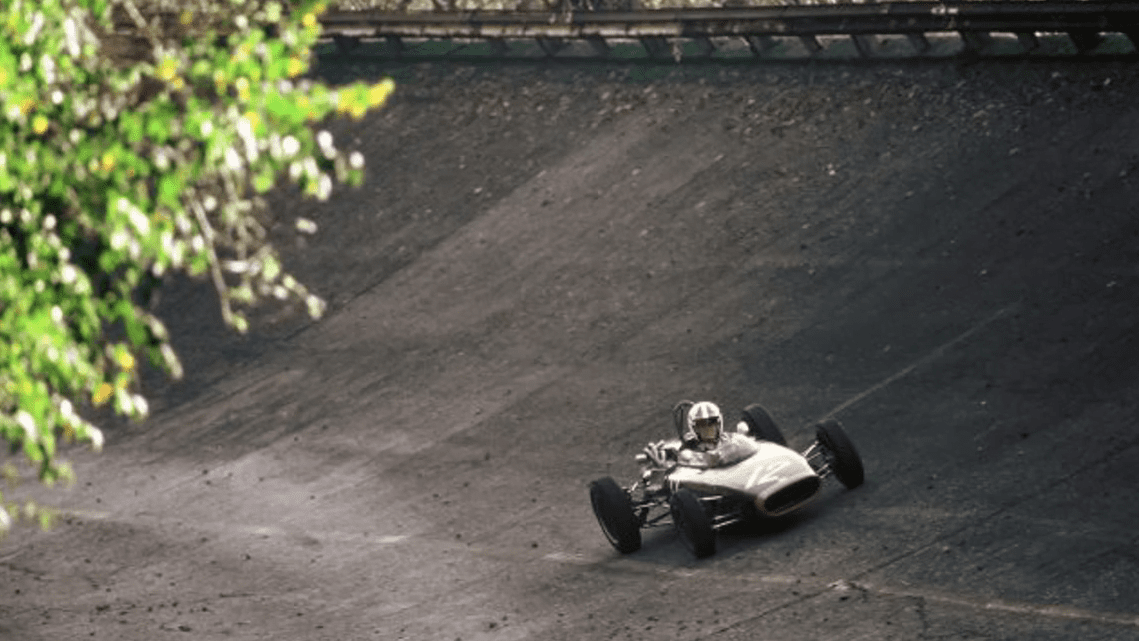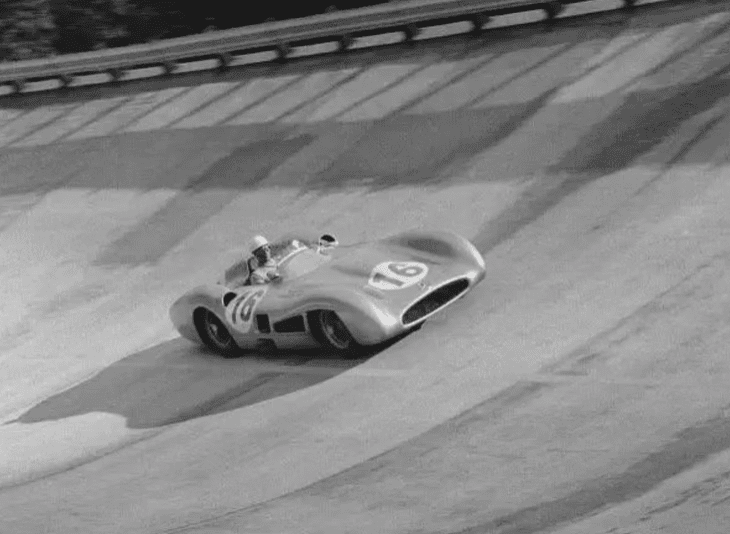Abandoned but not forgotten… well, kind of.
It is safe to say that Monza is one of the most iconic and recognizable tracks in Formula 1 history, from being one of the first original tracks where the Formula 1 World Championship was held on, to a circuit that has given us countless notorious races that we can look back on for years to come. Although, there is a certain hidden past and history that comes along with Autodromo Nazionale Monza.
The Monza circuit opened up back in 1922 after only 100 days of construction, it was purposely built to be a permanent track in Italy for people to test their cars and race as well. It was the third purpose-built motor racing circuit in the entire world, after Brooklands and Indianapolis when built. This track is filled with rich history, wherever you go you will find at least something new each time when visiting. The original Monza track was 6.2 miles (10 kilometers) long, it was consisted of two loops, the first one being the standard circuit, and the second one being a steeply banked fast oval. It was a high-speed oval that looped in and also around the circuit.
Photo Credit: Formula 1
The distinctive banked section of the track wasn’t built when Monza was first constructed, it was built 32 years later in 1954. Set to be part of Monza’s redevelopment, and it was used in Formula 1 for four world championship rounds, in 1955, 1956, 1960, and 1961. When it was used during those specific years, both of those tracks were combined to create the ultimate Italian race and circuit. The drivers would have to cross the start-finish line twice each lap. When entering the oval they had to cross it, and when exiting back onto the track they crossed it once again. Evidently, the Monza circuit is still used today, however, the steep banking that stunned the racing world was never used again after 1961.
There was and is danger at every single track, especially in the early and mid-days of racing. The banking was extremely steep, the steepest point of the high-speed oval goes up to 80 percent gradient. The banked curves were only “protected” with a small armco barrier, those barriers were supposed to sustain high speeds of up to 177 mph. But with fragile, thin, stripped down, and unsafe race cars that didn’t even have seatbelts, going around a high-speed banked oval at enormous didn’t seem like the safest, and it’s true, it was a high risk to take as a driver. Yes, I know the Mercedes-Benz W 196S and Streamliner look gorgeous and sexy caressing the banking, but with those not so bulletproof cars going at such high speeds on a bank with little to no protection, it wasn’t the brightest idea.
Photo Credit: Motorsport Images
177 miles per hour is a lot, especially in the 50s and 60s, and because the most centrifugal forces were generated when driving on the banking, it caused tremendous degradation and enormous stress on the tires specifically, and also on parts of the suspension. It made the tire issues far more complicated than it already was, not only was the pressure being put on one side while the force was extreme, but the banking’s abrasive surface was another problem being faced with. And if the tires degrade on such a dangerous part of the circuit, it won’t turn out well. It was difficult for teams to find tires and treads to not only cope with the strain and pressure, but tires that can also maintain grip and stability under immense stress.
Numerous drivers from 1956 explained their terrifying experiences there, divulging how their tries threw their treads and almost gave out on the banking. And not to mention that to go the fastest and to reach the top speed on the banking, the drivers would have to go all the way on the tippy top of the banking, literally driving sideways. It was insanely dangerous… yet they still continued to race there until 1961. And that might be a controversial topic…
It is believed by many that the high-speed oval banked layout and race were kept to benefit and satisfy Ferrari. Let’s just say 1960 was not the prancing horses year, compared to the new rear-engined cars, the Scuderia’s front-engined 246’s were not proving well and efficient in corners. However, straight-line high speed was their forte. And this banking was not shy from high speed and kind of straight lines. Ferrari loved this advantage they had, and when other teams such as BRM, Cooper, and Lotus boycotted the Grand Prix removing themselves from the race, this gave Ferrari the upper hand, handing the victories over to them effortlessly.
In the year 1961, which was also the last year the banking was ever going to hold a world championship Formula 1 race. The high speeds were lowered down a bit for the other teams to agree and to be persuaded to race again, however, tragedy still struck. Ferrari legend, Wolfgang von Trips had a horrendous and one of the most tragic accidents seen in Formula 1, resulting in his death and the deaths of other 15 spectators. Even though the saddening crash happened while approaching the Parabolica and not on the banking, it was decided that Formula 1 would never race on the high-speed oval ever again.
Although, there were some positives that came out of that banking, like Juan Manuel Fangio capturing a well-deserved victory for Mercedes in the first banking race in 1955, with Stirling Moss triumphing the following year with Maserati. America’s Phil Hill took both wins for Ferrari in 1960 and 1961. This banking holds both tragic and lighthearted stories, but there is no doubt that it will always be a part of Monza’s deep and fascinating history.




